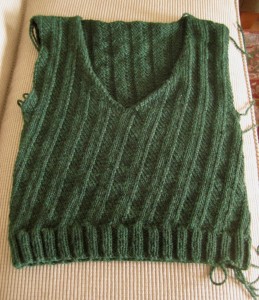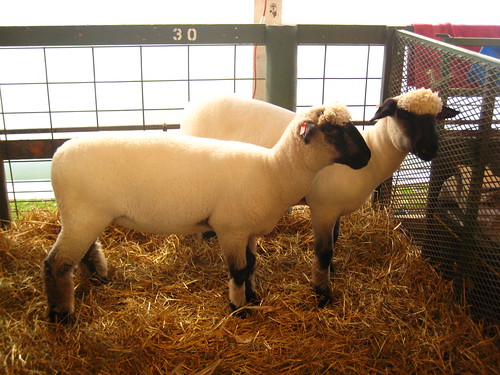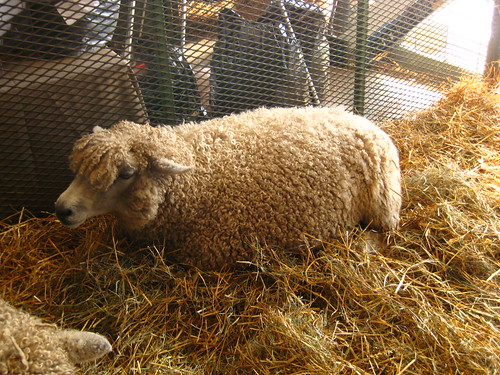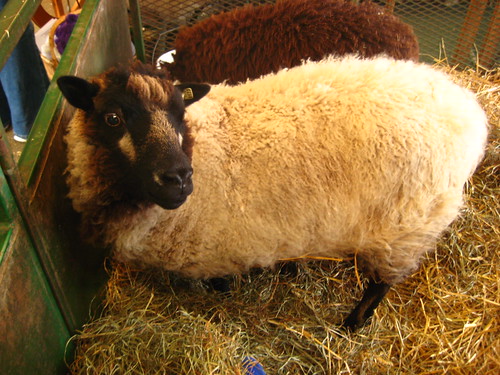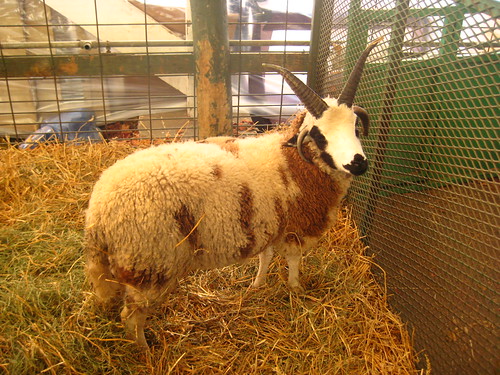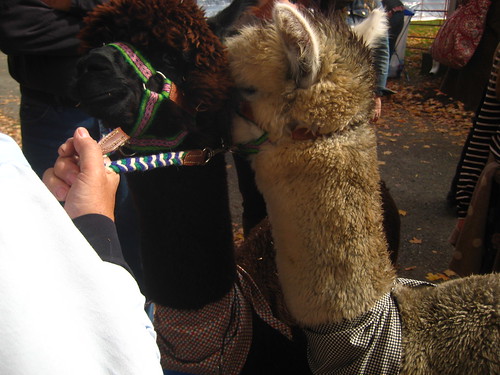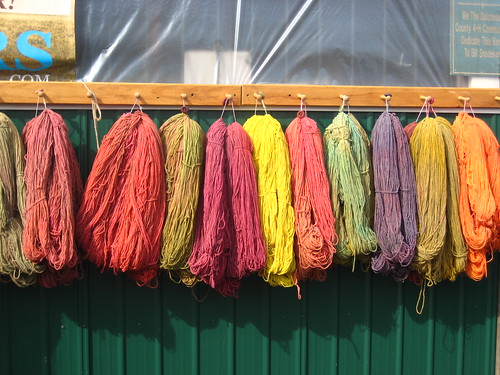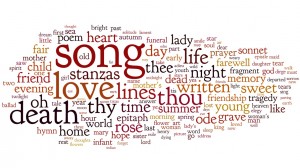One of the side effects of working on the Potential Book Project has been that I’ve encountered a whole lot of Victorian and Romantic-era poetry that I would never have bothered to read if I were doing straight-up literary criticism. I’ve written before about how the project has challenged some of my own assumptions about what makes a good poem; and while I’ve waded through a lot of schmaltzy, cliched, uninteresting verse while looking at nineteenth-century commonplace books, I’ve also been surprised by how much I genuinely like some of the poems I’ve found.*
Take the poem I’m about to quote in full. I encountered it thanks to two strangely haunting lines in a commonplace book in the New York Public Library: “The leaves of memory seemed to make / A mournful rustling in the dark.” Whoa, I thought, after identifying the poem they came from, that’s by Longfellow? The same poet who exhorted us, in thumping trochees, to believe that “Life is real! Life is earnest!” and who wrote “Excelsior,” which I’d still call a strong contender for the title of Silliest Poem Ever Written?** This poem, “The Fire of Drift-wood,” is darker than a lot of Longfellow’s more famous poems are, both literally and metaphorically. Maybe I’m especially drawn to the way he ends the poem on that note without turning the lights back up and pushing for the Optimistic Final Stanza (TM) that’s characteristic of so much poetry of the era.
The Fire of Drift-wood
We sat within the farm-house old,
Whose windows, looking o’er the bay,
Gave to the sea-breeze, damp and cold,
An easy entrance, night and day.
Not far away we saw the port,–
The strange, old-fashioned, silent town,–
The light-house,–the dismantled fort,–
The wooden houses, quaint and brown.
We sat and talked until the night,
Descending, filled the little room;
Our faces faded from the sight,
Our voices only broke the gloom.
We spake of many a vanished scene,
Of what we once had thought and said,
Of what had been, and might have been,
And who was changed, and who was dead;
And all that fills the hearts of friends,
When first they feel, with secret pain,
Their lives thenceforth have separate ends,
And never can be one again;
The first slight swerving of the heart,
That words are powerless to express,
And leave it still unsaid in part,
Or say it in too great excess.
The very tones in which we spake
Had something strange, I could but mark;
The leaves of memory seemed to make
A mournful rustling in the dark.
Oft died the words upon our lips,
As suddenly from out the fire
Built of the wreck of stranded ships,
The flames would leap and then expire.
And, as their splendor flashed and failed,
We thought of wrecks upon the main,–
Of ships dismasted, that were hailed
And sent no answer back again.
The windows, rattling in their frames,–
The ocean, roaring up the beach,–
The gusty blast,–the bickering flames,–
All mingled vaguely in our speech;
Until they made themselves a part
Of fancies floating through the brain,–
The long-lost ventures of the heart,
That send no answers back again.
O flames that glowed! O hearts that yearned!
They were indeed too much akin,
The drift-wood fire without that burned,
The thoughts that burned and glowed within.
There are a lot of Victorian poems about loss and death, and the absence of friends, and the pain of parting; but there aren’t as many about the moment when people start to drift away from each other, “[w]hen first they feel, with secret pain, / Their lives thenceforth have separate ends, … [t]he first slight swerving of the heart.” (This poem reminds me, just a little, of the almost indescribably sad ending of Robert Browning’s “Two in the Campagna“: “Infinite passion, and the pain / Of finite hearts that yearn.”) And those fragments of “the wreck of stranded ships”: is their burning a kind of redirection of the “answer” that the ships never sent back, or a further disappearance into oblivion?
Read much more about this poem at The Era of Casual Fridays, a blog I just discovered thanks to this poem. And here’s the poet J.D. McClatchy reading it out loud. (He likes it too.)
* It’s not that surprising, really: I already liked a lot of Victorian poets. What I wasn’t expecting to like were the poems I’d been taught to dismiss as treacly or sappy. I’ve been thinking a lot about what makes sentimentality appealing; there may well end up being a chapter on it in the Potential Book Project.
** I don’t care if it’s a metaphor for human aspiration. You don’t go mountaineering in the Alps improperly dressed, at night, in a storm, with all the locals telling you it’s a bad idea, unless you really want to freeze to death in a snowbank before morning. Though plenty of Longfellow’s contemporaries saw the ridiculousness too: check out this 1885 collection of parodies. Bret Harte, hilariously, turned it into a soap advertisement.

